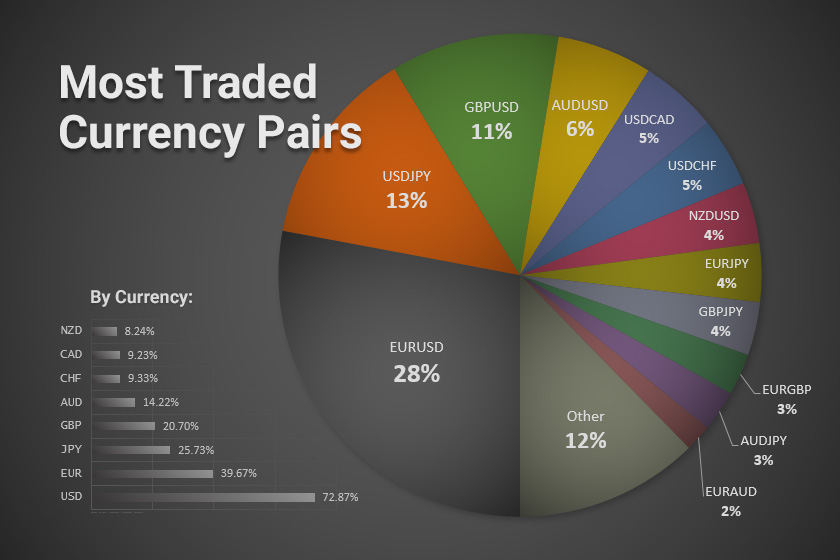Currencies is an essential component for every country, as it serves as the medium for transactions. Each nation has its own currency, each with its unique value. However, not all currencies are suitable for international transactions. The currencies used for international transactions are typically those with strong values. Let’s take a look at the currencies frequently used for international transactions.
1. United States Dollar (USD)
The US dollar is the official currency of the United States and currently holds the top position as the most widely used currency in the world. On average, the daily trading volume of the US dollar reaches an impressive $4.9 trillion. The USD’s dominance in international trade can be attributed to several factors.
The United States boasts the world’s largest economy and serves as a global hub for international trade. Moreover, the USD serves as the primary global reserve currency, held by central banks and commercial banks for international transactions and investments. Additionally, commodities like gold, oil, and copper are priced in US dollars.
2. Euro (EUR)
The euro is the official currency of the European Union (EU). Its daily average trading volume in international transactions is nearly $1.1 trillion. The euro’s prominence in international trade is influenced by the economic scale and influence of EU member countries.
Euro is utilized in 19 of the 28 EU member countries. Furthermore, it ranks as the largest reserve currency globally.
3. Japanese Yen (JPY)
The Japanese yen is Japan’s official currency and ranks third among the most widely used currencies globally, with a daily average trading volume of $554 billion. The yen’s value is closely tied to Japan’s economic strength, particularly in manufacturing sectors such as automobiles, electronics, machinery, ships, and textiles.
4. British Pound Sterling (GBP)
The pound sterling is the official currency of the United Kingdom, and its daily average usage in international transactions amounts to $422 billion. The pound’s value is heavily dependent on the UK’s economic performance, including data on inflation rates, Bank of England’s monetary policies, GDP, and employment reports.
In recent years, the pound’s value has also influence by the changing relationship between the UK and the European Union. The UK’s decision to leave the EU in the 2016 referendum has had significant implications for the pound’s value, particularly concerning trade relations with the EU.
5. Australian Dollar (AUD)
The Australian dollar is the currency of Australia, with a daily average trading volume in international transactions of $223 billion. The value of the Australian dollar is strongly influenced by commodity prices and the terms of trade, which measures the ratio of import and export prices.
Australia is a major exporter of commodities such as coal, iron ore, copper, and other mining-related commodities. Additionally, Australia is a significant importer of oil, making changes in trade volume and commodity prices pivotal factors affecting the Australian dollar.
These currencies not only facilitate international trade but also play vital roles in the global financial system. Their values are subject to various factors, including economic conditions, geopolitical events, and central bank policies. Understanding the dynamics of these currencies is essential for participants in the international financial markets.


